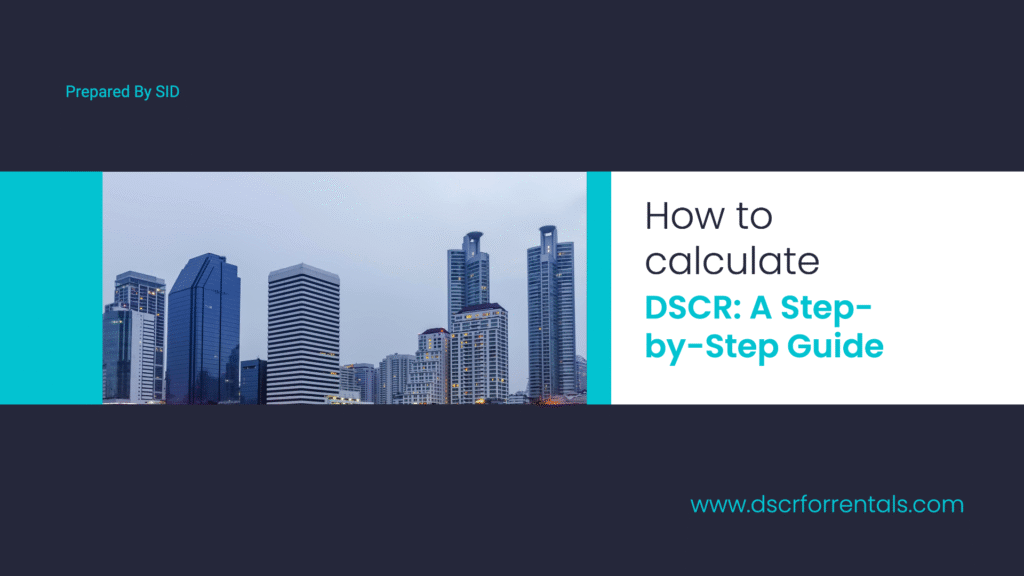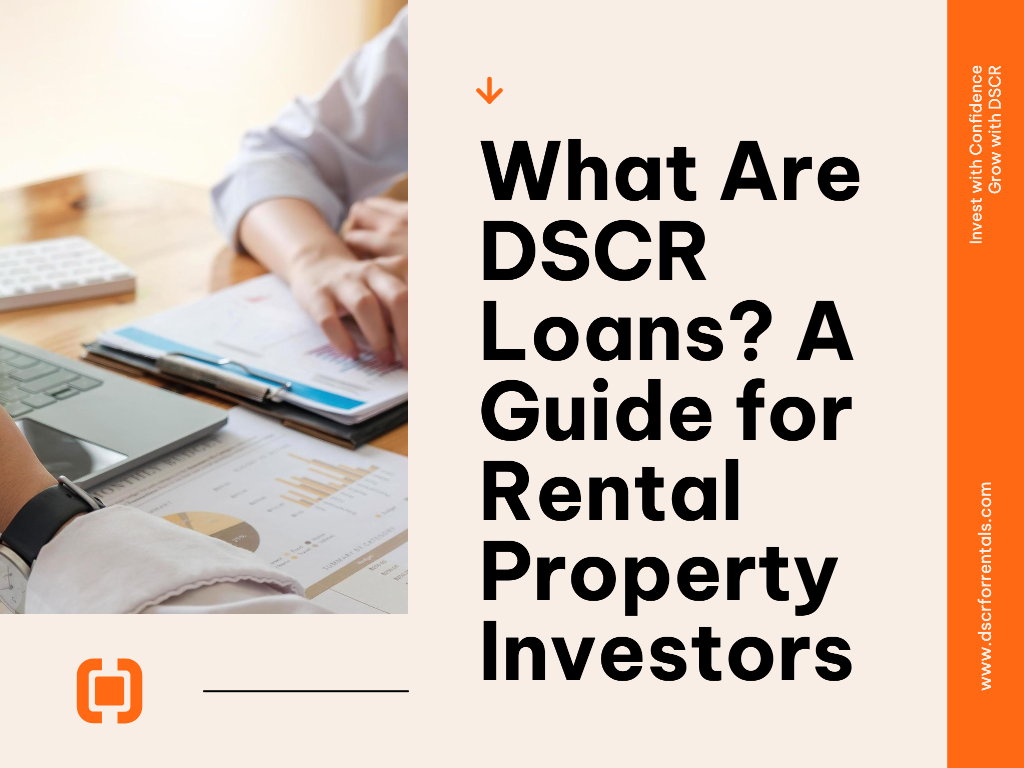How to Calculate DSCR: A Step-by-Step Guide

Hey there, future rental rockstar! If you’re diving into real estate investing, you’ve probably heard the term DSCR thrown around a lot. I sure did when I started, and let me tell ya—I was clueless at first! DSCR stands for Debt Service Coverage Ratio, and it’s a super important number if you’re looking to buy a rental property with a DSCR loan. It basically tells you (and lenders) if your property can make enough money to cover its bills. Pretty key, right? Today, I’m gonna walk you through how to calculate DSCR step-by-step, with some examples from my own journey. Let’s get into it!
Why DSCR Matters for Your Rental
Before we crunch numbers, let’s chat about why DSCR is a big deal. When you apply for a DSCR loan, lenders use this number to figure out if your rental property is a good bet. It’s all about the rent your place brings in compared to its costs—like the mortgage, taxes, and insurance. If your DSCR is high enough (usually 1.0 or more, but 1.25 is better), lenders will be like, “Yup, this property’s solid!” Plus, knowing your DSCR helps you pick rentals that’ll actually make you money, not drain your wallet. I learned that the hard way with my first deal—more on that later!
Step 1: Gather Your Rental Income
First things first, you need to know how much rent your property brings in each month. If you’ve already got tenants, this is easy—just look at your lease agreement. For example, my little duplex in Dallas pulls in $2,500 a month from two tenants. But if your place isn’t rented yet, you’ll need to estimate based on the market. Check out what similar rentals in your area are going for on sites like Zillow or even Airbnb if you’re doing short-term rentals. I use a tool called the Massive Real Estate Video Library to get better at estimating rents—it’s got a ton of videos that break it down. You can check it out here.
Step 2: Add Up Your Monthly Costs
Next, you gotta figure out all the monthly expenses for your property. This is what lenders call PITIA—Principal, Interest, Taxes, Insurance, and Association fees (like HOA). Here’s how I did it for my duplex:
- Principal and Interest: My mortgage payment is $1,200 a month.
- Taxes: Property taxes in Texas are about $300 a month for my place.
- Insurance: I pay $100 a month for homeowner’s insurance.
- HOA Fees: I don’t have any, but if you do, add that in.
So, my total PITIA is $1,200 + $300 + $100 = $1,600 a month. Make sure you’ve got all these numbers before moving on!
Step 3: Do the Math—Divide Rent by Costs
Now for the fun part—calculating your DSCR! It’s super simple: just divide your monthly rental income by your monthly costs. The formula looks like this:
DSCR = Monthly Rental Income ÷ Monthly PITIA
Using my duplex numbers, that’s $2,500 (rent) ÷ $1,600 (costs) = 1.56. That means my property brings in 1.56 times what it costs, which is awesome! Most lenders want a DSCR of at least 1.0, meaning your rent covers your costs, but 1.25 or higher gets you better loan terms. If math isn’t your thing, I’ve got a DSCR Loan Calculator on my site that does it for you—just plug in your numbers and boom, you’re done! Check it out here: DSCR Loan Calculator.
Step 4: Understand What Your DSCR Means
Alright, you’ve got your number—now what? Here’s how to read it:
- DSCR above 1.0: You’re in the green! Your property makes more than it costs, so you’ve got extra cash each month. My 1.56 means I’m pocketing some profit after bills.
- DSCR exactly 1.0: You’re breaking even. Not terrible, but there’s no wiggle room for surprises like repairs.
- DSCR below 1.0: Uh-oh. You’re losing money each month. I had a property once with a DSCR of 0.9—I was paying out of pocket every month! Don’t make my mistake.
Want to dig deeper into your cash flow? My Cash Flow Calculator can show you exactly what you’ll pocket after expenses.
A Quick Tip to Boost Your DSCR
If your DSCR is too low, don’t worry—you can improve it! One trick I learned is to bump up your rent if the market allows. I raised my duplex rent by $200 after checking local rates, and it pushed my DSCR from 1.4 to 1.56. You can also lower costs—like negotiating a better insurance rate or putting more money down to reduce your mortgage payment. Oh, and if you’re looking for creative ways to fund deals, the MicroBanking Method course has been a game-changer for me. It’s all about smart financing for investors like us—check it out here: [bit.ly/microbanking-course].
One More Thing—Think Beyond Rentals
DSCR loans are great for rentals, but real estate investing has so many paths! I’ve been exploring foreclosures lately because they can be a goldmine if you know what you’re doing. There’s a course I’ve been using called Build a Fortune With Real Estate Foreclosures and Short Sales—it’s packed with tips on snagging deals below market value. You can take a peek here: [bit.ly/foreclosure-fortune]. It’s helped me think bigger about my portfolio!
Ready to Calculate Your DSCR?
Calculating DSCR isn’t hard once you get the hang of it, and it’s a must if you’re serious about rentals. Follow these steps, and you’ll know right away if a property’s worth your time. Need a checklist to guide you through the whole DSCR loan process? I’ve got a free one that’s saved me tons of stress—grab it here: DSCR Loan Checklist. Got questions? Hit me up on X (@DscRforrentals)—I’m always happy to chat about rentals! Let’s make those real estate dreams happen!
Just so you know: This post contains affiliate links; I may earn a commission at no cost to you.

